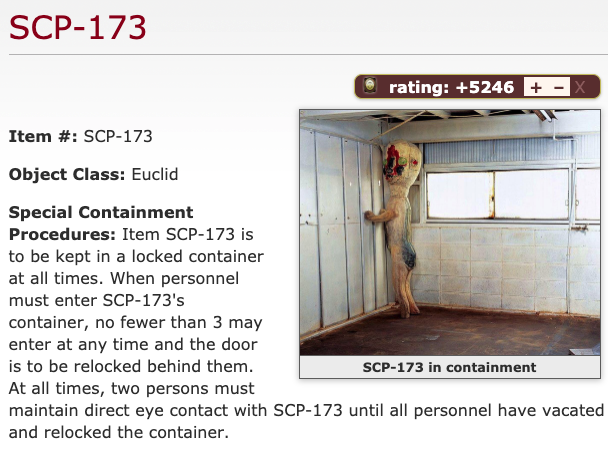Tutorials on Machine Learning tend to emphasize the process of training models, interpreting their scores and tuning hyper-parameters. While these are certainly important tasks, most tutorials and documentations are not concerned with how the data is obtained; mostly, a toy data set is used that is provided by the Machine Learning library.
In a series of at least 3 blog posts I would like to document a Machine Learning project of mine from start to finish: We will start from scratch, write a Web crawler to obtain data, polish and transform it and finally apply the Machine Learning techniques above.
This post will give you an overview over the techniques and tools that will be used. Feel free to directly jump to the follow-up posts and return to this blog post whenever you need instructions on a certain tool.
- Part 0: Overview (this post)
- Part 1: Building a webcrawler
- Part 2: Transform data using term frequency inverse document frequency (TF-IDF)
- Part 3: Train a Machine Learning model and tune its hyper-parameters
The task: Classifying SCPs
The heart of the website http://scp-wiki.wikidot.com/ consists of articles about fictional objects with abnormal behaviour, so-called SCPs (short for "Secure, Contain, Protect"). The fictional SCP foundation aims to contain these objects and, if possible, research their potential uses.

Each article follows a fixed format starting with the Item #. The second paragraph, the Object Class, is our prediction target. The following paragraphs, consisting of Special Containment Procedures, a Description, and, optionally, further information and addenda, are the data we will use to train a model upon.
A deeper look at the Object Class
As explained by the Object Classes guide, an Object Class is a "rough indicator for how difficult an object is to contain." The five primary classes are Safe (easy to contain with next to no resources), Euclid (requires some resources to contain), Keter (difficult to contain even with a lot of resources), Thaumiel (used to contain other SCPs) and Neutralized (not anomalous anymore). While there are many Safe-class and Euclid-class SCPs, Thaumiel-class and neutralized SCPs seem to be very rare. Chances are that a Machine Learning model won't be able to learn what makes up a Thaumiel-class or a neutralized SCP. Consequently, we will concentrate on classifying SCPs as Safe, Euclid or Keter for starters and ignore the other Object Classes first.
The tools
Of course, without an appropriate tool set this task would be hopeless. As the programming language Python provides us with a plethora of Machine Learning frameworks (Tensorflow, PyTorch, Scikit-Learn, …), using it will be a safe choice. But how do we organize our project? What libraries do we use? Fortunately, we are not the first human beings wondering about these issues. In the following, I will give you an overview of the tools we will use and try to explain my decision for them.
Project template: Data Science Cookiecutter
The Data Science Cookiecutter project template is our framework. We are given
an organized folder structure, dividing data from data exploration,
documentation and utility code. Furthermore, the template defines several
make targets and provides instructions on how to extend them. By the way,
if you have never heard of Cookiecutter templates before you will surely find
other useful templates in the Cookiecutter documentation. After installing
cookiecutter via pip, using templates is a breeze: If you want to start a
new Data Science project based on the template mentioned before, simply fire
the command
1cookiecutter https://github.com/drivendata/cookiecutter-data-scienceEnvironment and dependency management: Anaconda
Each Data Science project comes with its own demands and dependencies. To
manage those, we will use the Anaconda distribution. While the associated
command line tool, conda, may serve as a package manager and comes with
several Data Science libraries pre-compiled, you can also use the standard
python package manager pip from within a conda environment.
Data exploration: Jupyter Notebooks
Jupyter Notebooks are a wonderful way to combine data exploration code together with its documentation. Sharing them gives others the opportunity to run the code themselves and check the results. Jupyter notebooks support markdown, $\LaTeX$, can install Python libraries on-the-fly via Magic commands and can be converted to other formats such as pdf or html. If you have never heard of them but know how to use Python, you have definitely missed something! The Python Data Science Handbook gives you a nice introduction to IPython that forms the base of Jupyter notebooks.
Web crawler: Requests and Beautiful Soup
For the Web crawling task, the requests library gives us a quick way to obtain data from web servers. To parse html, we will use Beautiful Soup.
Transformations & Machine Learning: Scikit-Learn
The open source Machine Learning library Scikit-Learn has everything we need and is easy to use. There are plenty of examples on their page, along with explanations of the underlying concepts (of course, some math background will come in handy if you want to understand them fully).